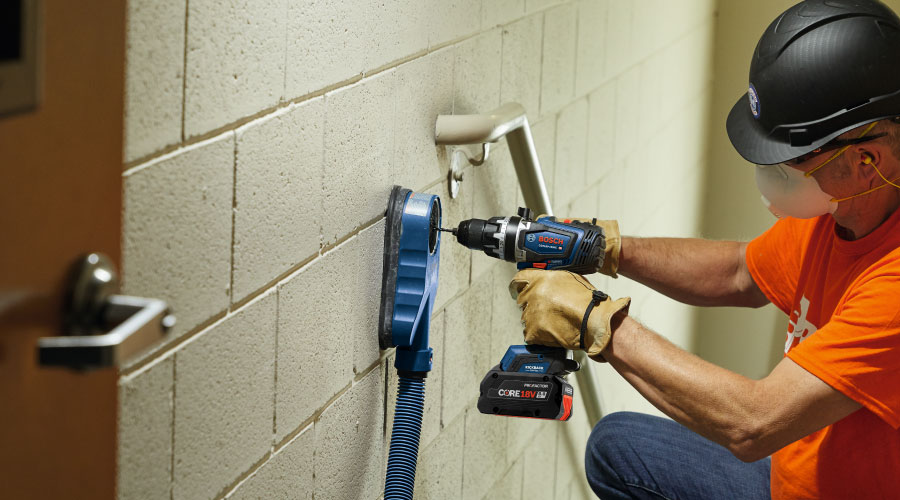Most Demand Response Programs are Low- or No-Cost
While most demand response efforts are largely no-cost or low-cost — utilities will give many large consumers the smart meters required to collect interval data and therefore the ability to predict power use — companies and institutions are increasingly choosing to plan their curtailment in anticipation of a demand response call from their local utility providers.
For example, a laboratory with 15 rooftop units can plan ahead of time and when they get a call from their utility, they can push a button on their EMS that slows the fans of the rooftop units slightly, says Audin, for a certain reduction in demand.
"As they cycle those fans, they don't lose that much in cooling capacity, but in conjunction with other choices about energy use, they're able to meet the utility demands for curtailment," says Audin.
Ultimately, he says, that's a zero-cost option, because all that most organizations have to do is program an extra control feature into their existing EMS.
Another example is elective electrical loads, such as hot water heaters. "If you have multiple tanks, they can provide buffering capacity," Audin says. "Really it's just a matter of using lead/lag planning to sequence the heat-up controls."
Where to Start?
Before working with a utility, facility managers need to collect data on their organization's power use and make an honest, practical assessment about on-site power generation. This can be gathered through interval data from smart meters.
"Utilities used to offer smart meters to anyone using 1 megawatts or more, but it's coming down," Audin says. "Now, in some areas, you can get meters from utilities if you use 250 kilowatts."
In some cases, organizations are offered the meters outright. In others, the utility defrays cost through incentive programs.
"New York state is [currently] paying up to $1,200 per interval meter that the customer installs if they also join the demand response program," he says.
And if a facility manager already has a smart meter, but the interval data is longer than 15 minutes, Lubinski says to get a better meter — one with interval collection at least every 15 minutes, although some collect data every minute.
Armed with power-use profiles, facility managers can begin to plan demand response efforts. And while utilities might seem like a sensible place to start, Audin and Lubinski recommend starting elsewhere once smart meters are in place. Utilities often rely on brokers to pull together facilities interested in participating in demand response programs.
"It makes sense for utilities to deal with a select number of brokers rather than with 1 million customers," Lubinski says. "And their fees can vary widely — anywhere from 4 to 40 percent."
However a facility manager elects to proceed — through a broker or directly through the utility — Audin suggests making an incentive listing published by the U.S. Department of Energy's Energy Efficiency and Renewable Energy Program (see sidebar on page 16) another stop in the pursuit of demand-response programs.
"Look up the incentives available in your area, and then determine the response that you're prepared to make," says Audin.
LEED Pilot Credit Specifies Demand Response
The U.S. Green Building Council has begun a pilot program that pairs LEED certification with demand response planning. According to Brendan Owens, vice president, LEED Technical Development for USGBC, it is called the Demand-Response Partnership Program (DRPP), and comprises two parts — market-related and research-focused.
The market aims include:
- Drive adoption of demand response in commercial buildings and facilitate their participation in grid reliability and smart grid initiatives.
- Reduce dependency on fossil fuel peak generation.
- Address electric grid infrastructure and reliability needs and act as a balancing agent for renewable generation.
Research aims of the program include:
- Develop an understanding of economic and environmental benefits of demand response and impacts on grid reliability.
- Track and improve the persistence and repeatability of demand response.
- Develop peak demand and demand response benchmarking.
- Assess the current and future technologies and products that buildings, utilities and vendors require to drive further adoption of demand response.
- — Loren Snyder
|
Related Topics:













